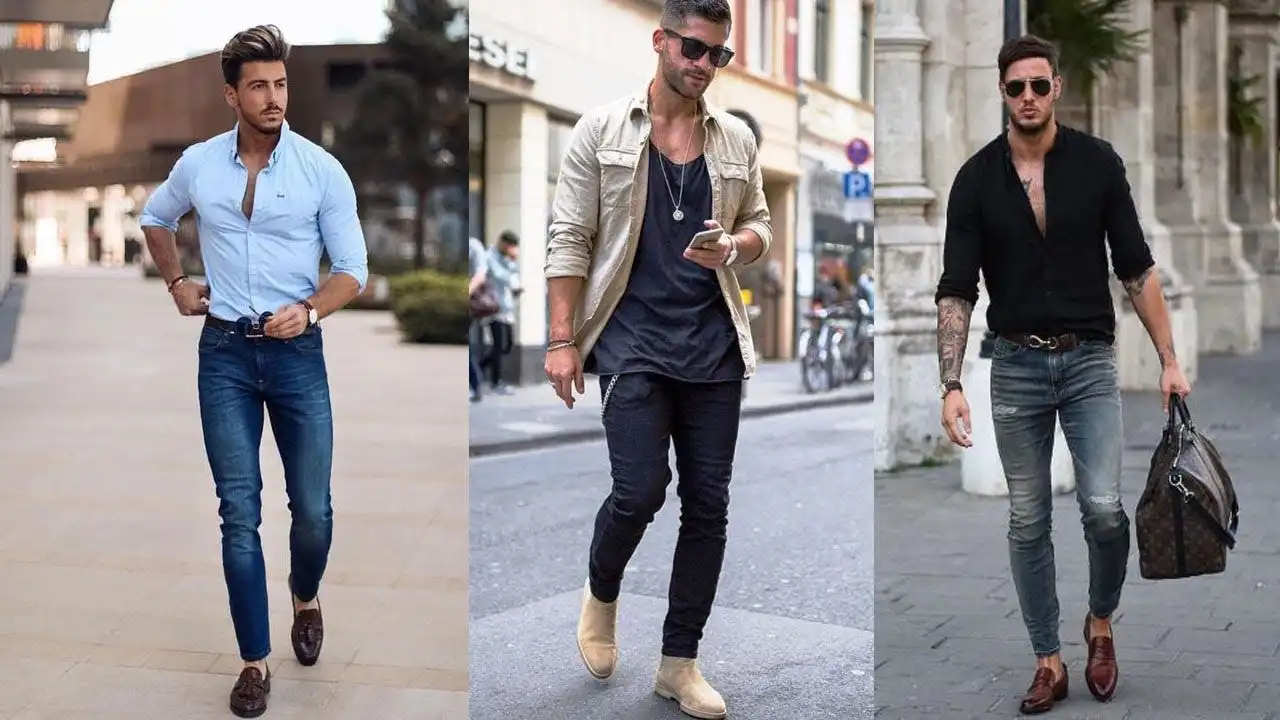Japanese women's fashion is a captivating blend of tradition and modernity, reflecting a unique cultural aesthetic that has captured global attention. From traditional kimonos to avant-garde street styles, the fashion landscape in Japan is diverse and ever-evolving. In this comprehensive guide, we'll delve into the various aspects of Japanese women's fashion, exploring its influences, key elements, and popular trends.
1. Fusion of Tradition and Modernity

One distinctive feature of Japanese women's fashion is the harmonious fusion of traditional elements with contemporary styles. While traditional garments like kimonos and yukatas are still worn on special occasions, daily fashion seamlessly integrates modern trends, creating a dynamic and eclectic fashion scene.
2. Street Fashion Subcultures
Japan is renowned for its vibrant street fashion subcultures. Harajuku, a district in Tokyo, is particularly famous for being a hub of diverse fashion styles. From the whimsical and colorful looks of Decora to the punk-inspired aesthetics of Visual Kei, Japanese women embrace individuality and self-expression through their clothing choices.
3. Minimalism and Clean Lines

Japanese fashion often embraces minimalism and clean lines. Crisp silhouettes, neutral color palettes, and simple yet elegant designs are prevalent in both traditional and modern clothing. This minimalist approach contributes to an overall sense of sophistication and timelessness.
4. Kimonos: Symbol of Elegance
The kimono, a traditional Japanese garment, holds a special place in women's fashion. While primarily worn during ceremonies and celebrations, modern adaptations of the kimono, known as "komon" and "tsukesage," are popular for more casual occasions. These adaptations feature intricate patterns and are often paired with contemporary accessories.
5. Gyaru Style: Bold and Glamorous
Originating in the 1970s, the Gyaru fashion subculture is characterized by bold and glamorous looks. Tanned skin, dramatic makeup, and voluminous hairstyles are key elements of this style. Gyaru fashion often evolves, incorporating new trends while maintaining its glamorous essence.
6. Kawaii Culture: Cute and Playful
The influence of Kawaii culture, centered around cuteness, is evident in Japanese women's fashion. This aesthetic emphasizes adorable and playful elements, with pastel colors, frills, and cartoon-inspired accessories being popular choices. The Lolita fashion subculture is a notable expression of Kawaii culture.
7. High-End Fashion Brands

Japan boasts a thriving luxury fashion scene, with renowned designers making their mark on the global stage. Japanese brands are celebrated for their attention to detail, innovative designs, and high-quality craftsmanship. Labels like Issey Miyake, Comme des Garçons, and Yohji Yamamoto have earned international acclaim.
8. Modern Workwear Styles
In the corporate world, Japanese women often embrace modern workwear styles that balance professionalism with fashion-forward elements. Tailored suits, midi-length skirts, and elegant blouses are staples, while accessories allow for individual expression.
9. Sustainable and Eco-Friendly Fashion
As global awareness of sustainability grows, Japanese women's fashion is also witnessing a shift towards eco-friendly practices. Sustainable materials, ethical production processes, and a focus on longevity in design are becoming increasingly important considerations for fashion-conscious individuals.
10. Global Influences and Cross-Cultural Trends
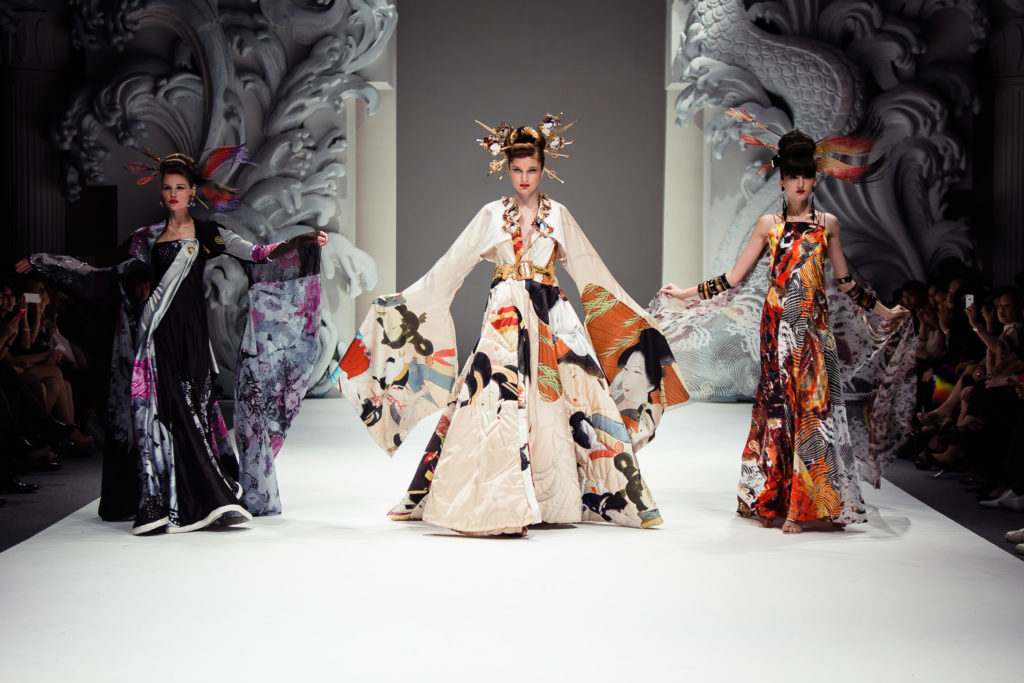
Japanese women's fashion is not isolated; it's influenced by global trends and cross-cultural exchanges. Street styles from around the world, particularly those from Europe and the United States, often find their way into Japanese fashion, creating a dynamic and ever-evolving landscape.
Conclusion
Japanese women's fashion is a dynamic tapestry woven with threads of tradition, innovation, and personal expression. From the iconic kimono to the avant-garde streets of Harajuku, each style contributes to a diverse and ever-evolving fashion landscape that celebrates both heritage and individuality.
( FAQs )
Q. How can I incorporate Japanese fashion into my wardrobe?
Ans: Start by exploring different styles, such as incorporating kimono-inspired pieces, experimenting with Harajuku-inspired accessories, or adding minimalist high-end fashion items to your collection.
Q. Are there specific fashion rules in Japanese culture?
Ans: While there are traditional guidelines, modern Japanese fashion embraces diversity, allowing individuals to express themselves freely. There's a strong emphasis on personal style and creativity.
Q. Can I buy Japanese fashion brands outside of Japan?
Ans: Yes, many Japanese fashion brands have international availability. You can find them in specialty boutiques, department stores, or online platforms that ship globally.
Q. How can I achieve a Mori Kei look?
Ans: To achieve a Mori Kei look, focus on earthy colors, layering natural fabrics, and incorporating accessories like scarves and hats. Thrift stores often have pieces that align with Mori Kei aesthetics.
Q. Is streetwear popular among all age groups in Japan?
Ans: Yes, streetwear transcends age in Japan. From teenagers to adults, people of all ages embrace streetwear styles, adapting them to suit their preferences and lifestyles.

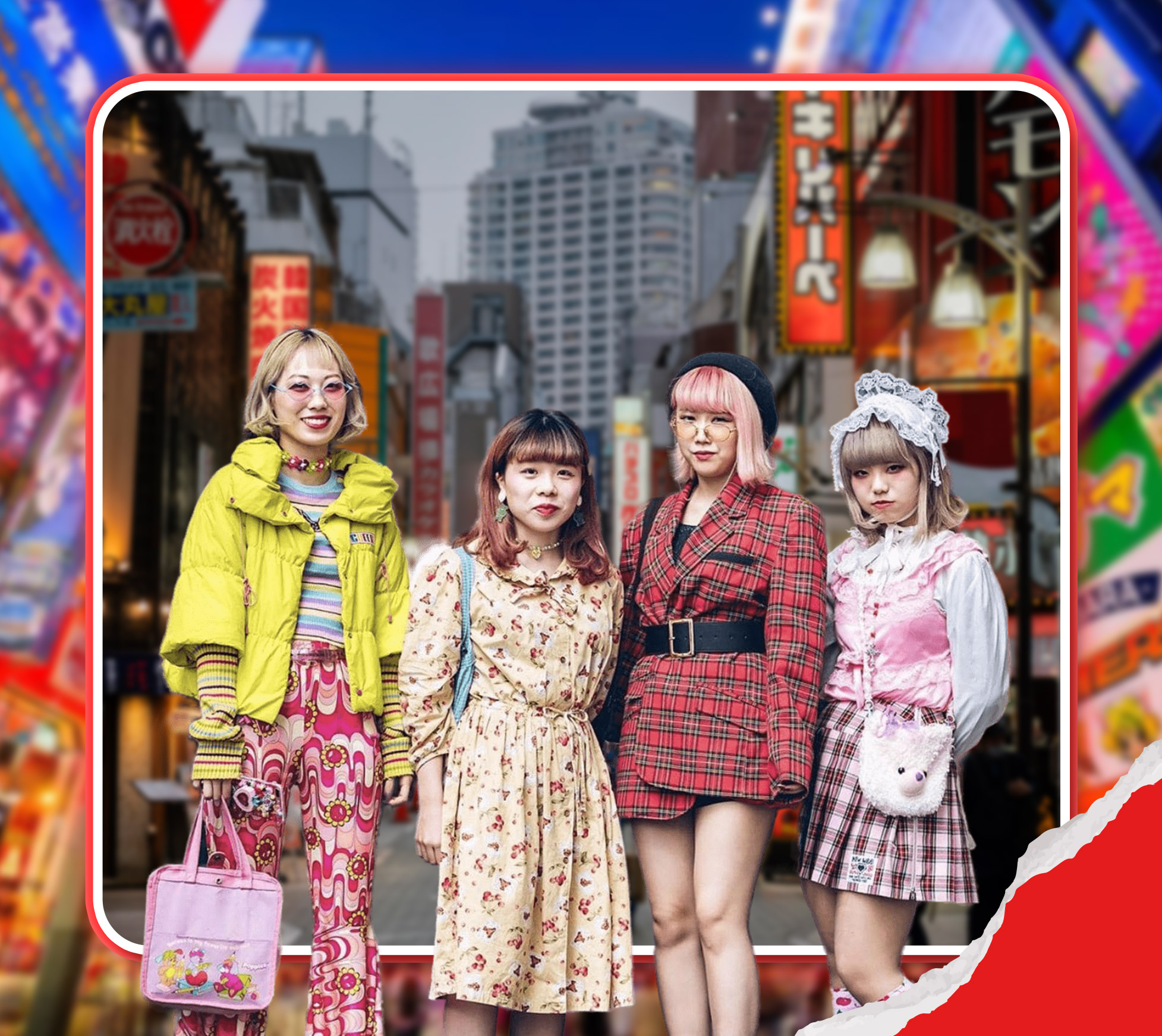
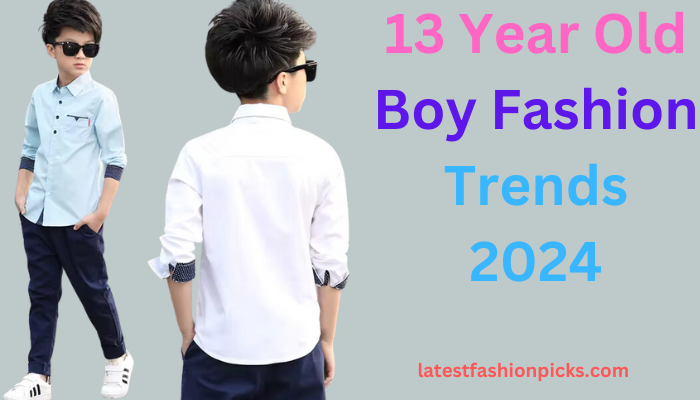


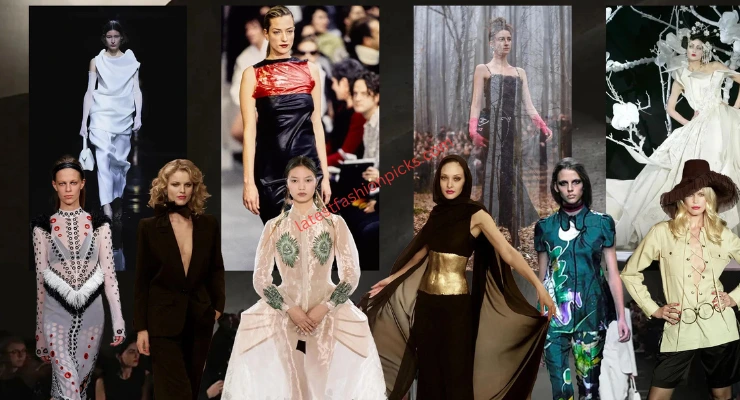
.webp)

